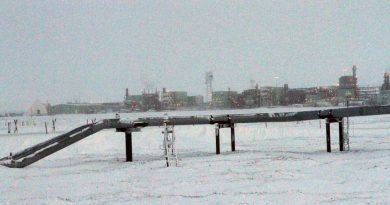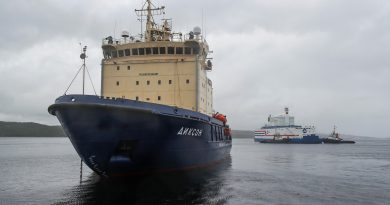Foreign cruise vessels line up for voyages to Franz Josef Land

It’s a paradox, but global warming opens more Arctic waters for vessels with tourists who want to see the sea ice before it vanishes. Russia’s Franz Josef Land sails up as the new highlight destination.
Until recently, Russian-flagged vessels were the only ones allowed to sail with passengers to the mysterious fairy-tale-looking Arctic islands of Franz Josef Land. Located even further north than Norway’s Svalbard archipelago, the glacier covered rocks and mountaintops in the very northeastern corner of the Barents Sea have been one of the most difficult places on planet earth to visit. Not so any more.
As sea ice melts to record low, the booming interest for tourism in northern waters brings a record high of passenger expedition vessels.
“Exploring Franz Josef Land aboard a cruise vessel like the “Sea Spirit” is the new frontier in polar expedition cruising. For experienced polar travelers, who love the ice and amazing wildlife, Franz Josef Land represents something new and different,” Steve Wellmeier, Managing Director at Poseidon Expeditions, tells the Barents Observer.
This summer, Poseidon Expedition sails three voyages to Franz Josef Land. The first two sold out long ago. One of the voyages announced for the 2018 season already has a waitlist. A cruise to the Arctic is not for budget travelers. Rates start at $8,995 per person in a triple classic cabin. A premium suite is twice that price. The voyage lasts two weeks.
Landings at some of the nearly 200 islands can only be done with Zodiacs as no ports and little infrastructure is available at the previously unattainable, uninhabited polar archipelago. Except for a newly re-established military base on Aleksandra Island and a few weather and Arctic research stations, there are little chances that you will run into other humans when sailing along the ice-edge around Franz Josef Land, stretching from 80° to 82° North.
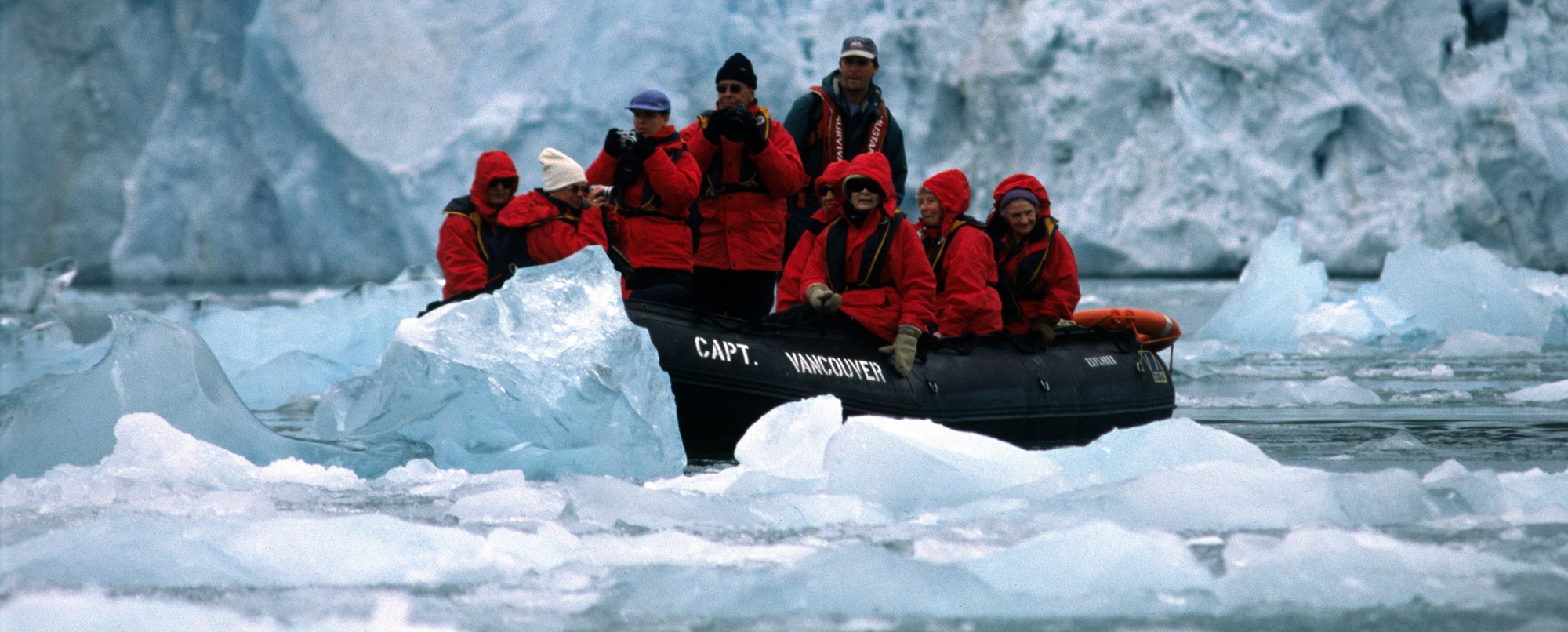
Steve Wellmeier says the hope is to again include two or possibly three voyages to Franz Josef Land in 2019. Expedition cruises in Arctic waters are planned years ahead. Poseidon Expedition will likely not be alone in the waters around Franz Josef Land for much longer. With Russia now opening its Arctic waters to foreign passenger vessels, many cruise-liners are ready to line up. Silversea Cruises, Nobel Caledonia, Ponant, Lindblad Expeditions and Hurtigruten have all sailed expedition cruises to the European Arctic for years already. So has Crystal Cruises that last summer made headlines for sailing the first big cruise ship around Alaska and through the Northwest Passage. “Crystal Serenity” had 1,000 passengers on board for the momentous voyage. In 2014, Hapag-Lloyd cruise line became the first to sail the Northeast Passage with “Hanseatic” – a voyage repeated in both 2015 and 2016.
The Arctic is hot for the global cruise travel industry. The 2017 cruise outlook, an index made by Cruise Lines International Association (CLIA), forecasts adventure travel to grow at a record pace and demand for expedition cruises, like to the Arctic, is the special trend. Unlike in the past, the younger generations – including Millennials and Generation X – now take to the water when exploring the world.
Interviewed by the Barents Observer in Iceland last October, CEO of Lindblad Expeditions, Sven-Olof Lindblad said mass tourism will come to the Arctic. “Tourists are coming in a big wave. Companies follow each other,” he said. Lindblad Expeditions was the first company to get a purpose-built vessel for cruising the waters of the Arctic and Antarctic in 1969.
15 new purpose-built vessels
A review made by the Barents Observer among major cruise liners shows that 15 new purpose-built expedition vessels for Arctic waters now are in the pipe. Miami-based SunStone Ships recently announced contract of four ships with Ice Class 1A and Polar Code 6 to be built in China, with the Norwegian patented X-bow design, Seatrade Cruise News reports. The contract includes an option for six more similar vessels each to hold 80 to 95 passenger cabins.
French cruise-liner Ponant last year announced details of its four new ships for luxury expeditions to Arctic waters. Built for 184 passengers each of the vessels hold Ice Class 1C certification. Crystal Cruises are building two new Polar megayatchts. To be launched next year, each vessel has a capacity of 200 guests. In marketing, the company brags that the first vessel, to be named “Crystal Endeavor” will cruise the Arctic; then follow the route of migrating whales along the coast of the Americas and Europe to Antarctica during the winter.
In mid-February, Norwegian-based Hurtigruten started the building of “Roald Amundsen” the world’s first hybrid-powered Arctic cruise vessel, that will have the possibility to run on batteries for a shorter period without any noisy diesel engines. “Today is a historical day not only for Hurtigruten, but for the global maritime industry. We celebrate the construction start of the first ship in a new generation that will change expedition travel forever,” Hurtigruten CEO Daniel Skjeldam said during the ceremony at Kleven Yards in Norway.
Daniel Skjeldam has become a public figure in promoting environmentally friendly technologies and is often quoted in media saying northern Norway doesn’t need new oil drilling, but a sustainable growth in adventure tourism. Vessel number two with batteries is “Fridtjof Nansen” supposed to be ready for sailing in 2019. Two similar ships could be added to the fleet later.
Australia-based Scenic is also currently building its first discovery yacht with Polar Class 6. The 228-passenger ship will sail both the Arctic and Antarctic waters. The new Polar Code will from January 2018 apply to all ships bound for latitudes 60° North, but is covering ships built after January 2017. Some of the requirements are separated engine rooms, modern waste water treatment, adequate garbage stores and engine possibilities to operate without heavy fuel oil.
Safety and environmental protection
Safety is key to the future of Arctic cruise industry. Passenger, crew and protection of the environment stand first. Worst nightmare for search- and rescue services in the Arctic is hundreds of people in the cold water at remote distances from the nearest helicopter of coast guard rescue vessel. Also, nobody would like to see headlines with polar bears splashed with oil-spill. Arctic coastal states all agree on strengthening search- and rescue (SAR) capabilities in the high north. Coast Guard cooperation on SAR is one of the very few areas where Russia and NATO still have uniformed cooperation.
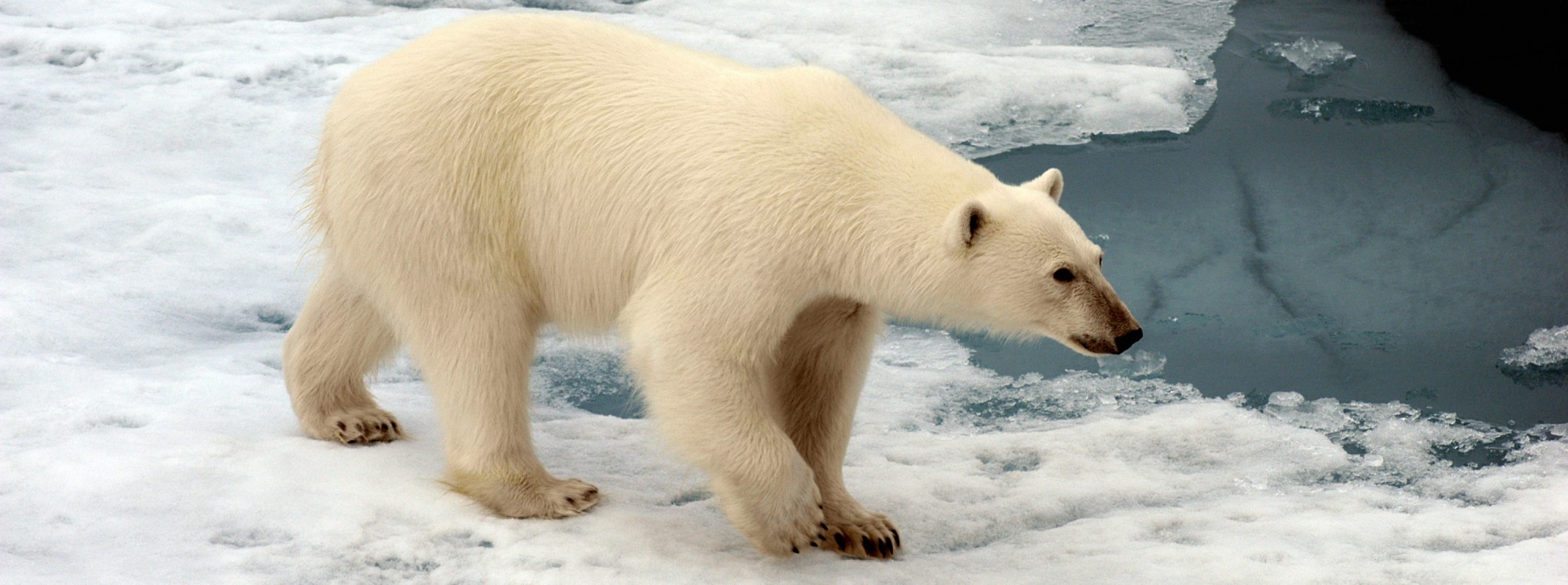
“Adventure tourism is one of the fastest growing trends in global travel. Our investments reflect the confidence we have that the remarkable and sustainable Hurtigruten-experience is competitive,” Øystein Knoph, Global PR Manager with Hurtigruten says to the Barents Observer.
Sven-Olof Lindblad, however, warns about the development. “The ice is shrinking and tour operators tend to believe that sailings in the Arctic will be easier. They forget that sudden micro-climate circumstances can create very challenging situations,” Lindblad explains pointing to the fact that being an expedition guide or captain on the bridge in the Arctic demands high skills and experience.
He dislikes seeing larger vessels making port calls in the north. “I frankly don’t like big passenger ships,” Sven-Olof Lindblad told the audience at the plenary session of the Arctic Circle Assembly taking place in Reykjavik last October. The meeting gathered some 2,000 participants and is the largest ever meeting place with focus on economic and environmental developments in the Polar Regions. Arctic tourism is nowadays top-listed equally to extraction of natural resources when politicians and regional developers are looking into the crystal ball. “If you are one of 1,000 or maybe 2,000 passengers on board a big vessel, you can’t really experience what the Arctic is all about,” Lindblad argues.
Hurtigruten CEO Daniel Skjeldam agrees with Lindblad and calls for international guidelines to limit the size of passenger vessels in northern waters. “I strongly believe in a big growth in cruise shipping in the Arctic, but the proportions are wrong when a vessel has 5-6 times more passengers on board than the communities they are visiting.” Hurtigruten is the largest cruise liner operating the Arctic with expedition vessels sailing the waters off Svalbard, Greenland and Iceland in addition to year-around daily voyages along the coast of northern Norway all the way to Kirkenes near the Russian border.
Make ready for Russia
For Skjeldam, sailing in Russian waters is tempting. “Franz Josef land is very exciting and fits well into our concept,” he says when meeting the Barents Observer in the port of Kirkenes just after having lunch with Norway’s Foreign Minister Børge Brende on board one of the vessels that daily make port call a stone’s throw from the Russian border. For Norway, developing a good cross-border relation with the big neighbor in the north is a top priority in foreign policy. Tourism is a sector considered to benefit both countries without conflicting big politics.
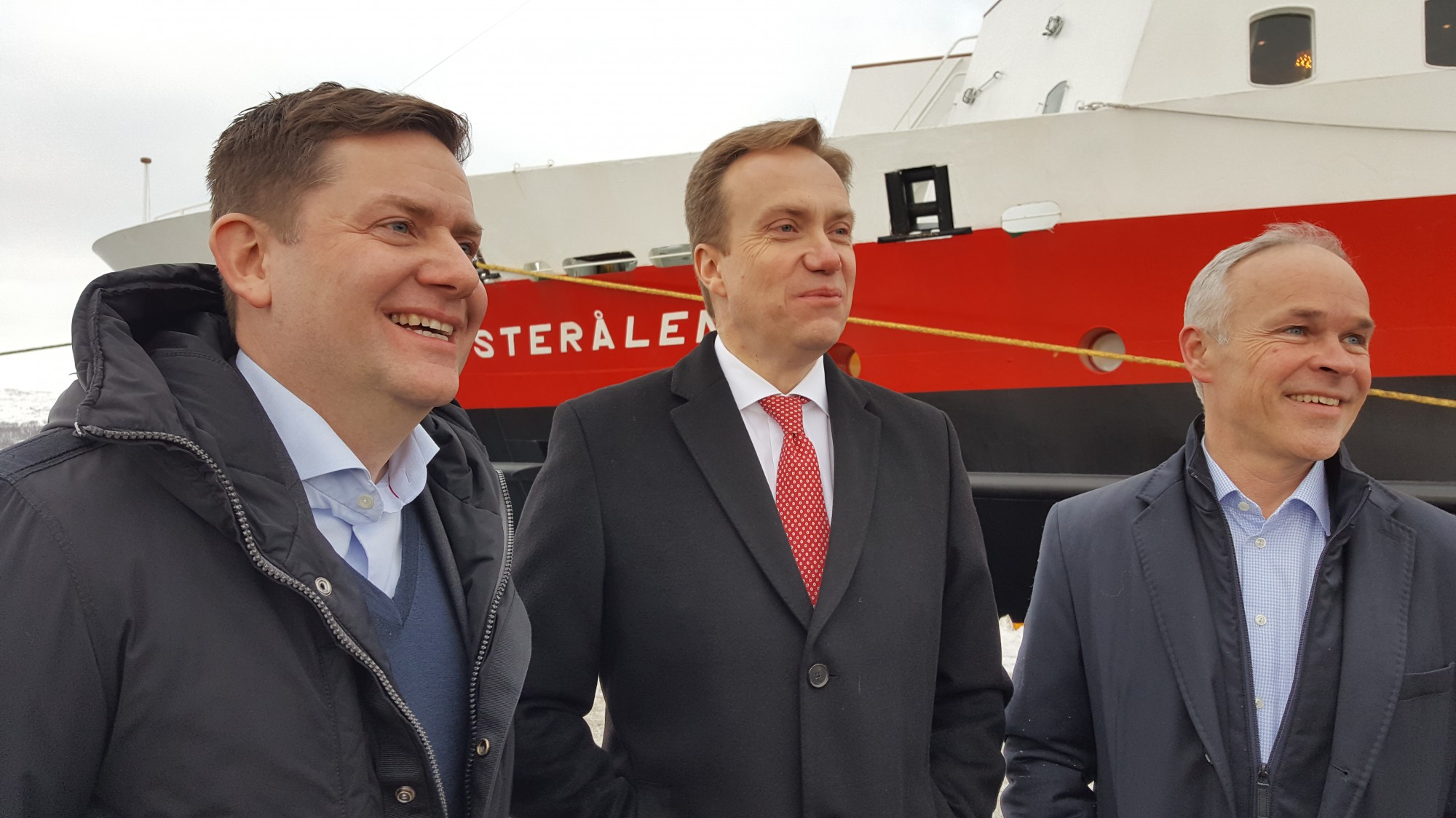
In Murmansk, a brand new pier opened last summer especially designed to welcome foreign cruise vessels. Introduced last July, Murmansk can now receive ferry- and cruise passengers allowed to stay for 72 hours without holding a visa to Russia. The hope is a boost in tourism like in St. Petersburg where the 72 hours visa free regime has been in place for years. Murmansk and Arkhangelsk are the only destinations in northern Russia with such arrangement.
Daniel Skjeldam, however, has no plans to extend today’s voyages from Bergen to Kirkenes further towards Murmansk. “No, possible voyages to Murmansk and the White Sea area will be dedicated expedition cruises and not a continuation of today’s scheduled voyages along the coast of Norway,” he says. Hurtigruten says a test voyage to Murmansk at earliest can come in 2019 because programs for the two expedition vessels “Fram” and “Spitsbergen” for 2017 and 2018 are already scheduled.
“In the longer run, Murmansk, the White Sea region, the Northeast Passage and Kamchatka are all very exciting destinations for Hurtigruten,” an enthusiastic Skjeldam says.
Meanwhile, Murmansk’s dream of becoming the gateway to the Arctic for cruise vessels seems less realistic. Neither Hurtigruten, nor Poseidon Expeditions plan to make itineraries for voyages to Franz Josef Land with start in Murmansk.
“Tromsø, Longyearbyen and Kirkenes are all ports that fit Hurtigruten’s plans for future Arctic voyages,” Skjeldam tells. Steve Wellmeier explains in an e-mail to the Barents Observer why the current voyages to Franz Josef Land by Poseidon Expeditions start in Longyearbyen. “For our smaller 114-passenger “Sea Spirit” we use Longyearbyen as turn-around port because it saves cruising time for the guests, who are anxious to spend as much time as possible exploring the Franz Josef Land archipelago. So, approximately two more days can be spent at the archipelago rather than in the longer transit from and to Murmansk.”
Poseidon Expeditions uses Murmansk port for embarkation and disembarkation of guests for the North Pole voyages aboard the nuclear-powered icebreaker ”50 Let Pobedy” for the 2017 and 2018 departures. Those itineraries include a pre-cruise hotel night in Murmansk before embarking.
Foreign cruise vessels making port call to Murmansk are announced long before arrival. For the coming season, a record low of three foreign ships are listed with six port calls. In 2012, nine passenger vessels came to Murmansk, many who sailed further into the White Sea region with Solovki and Arkhangelsk as highlights. In 2015, cruise vessels made 13 port calls to Murmansk, bringing more than 10,000 visitors.
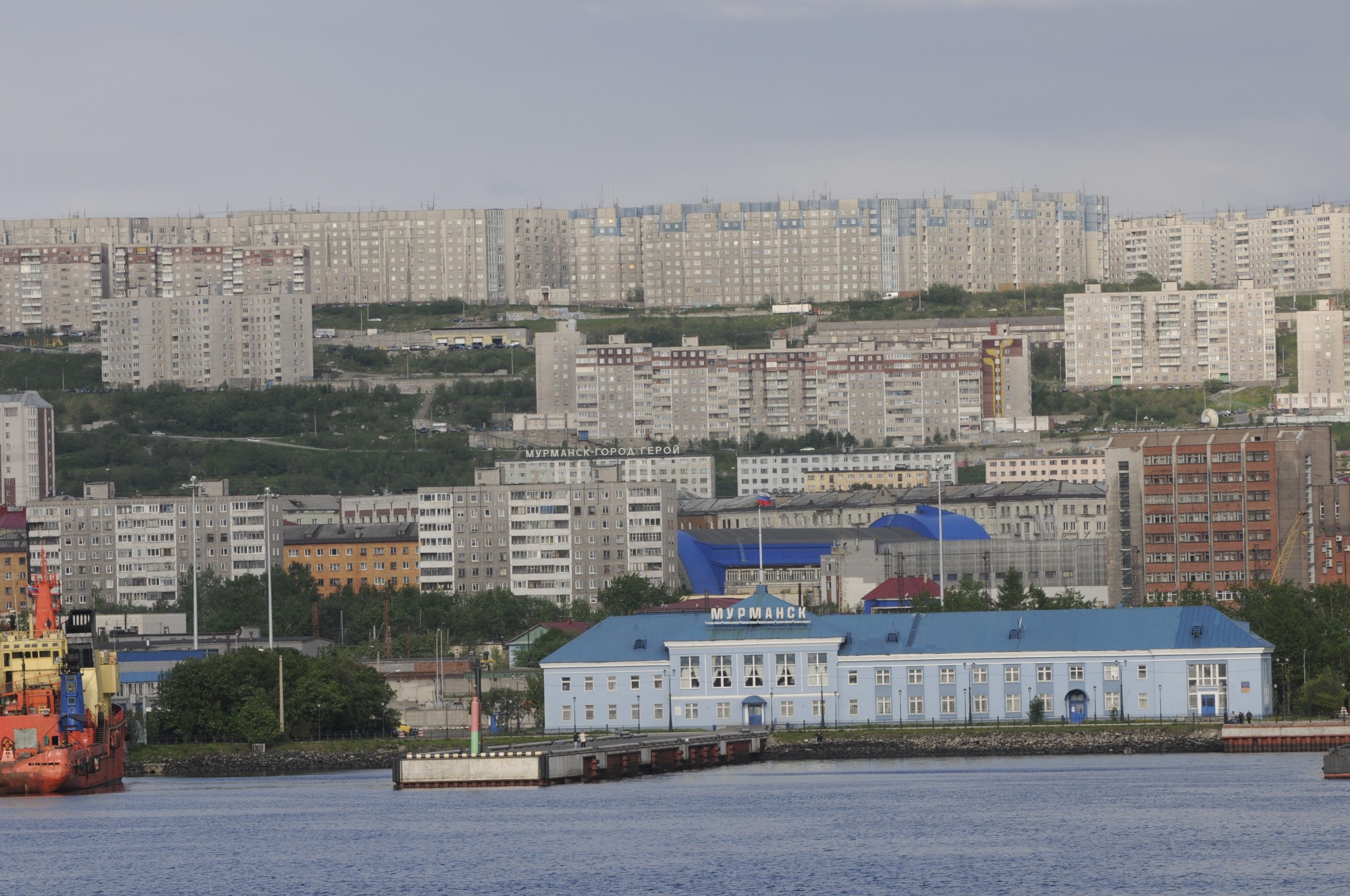
“We cooperate with Arkhangelsk region regarding possible voyages by Hurtigruten into the region,” says Vice-Governor of Murmansk Oblast Alexey Tyukavin. He admits that Longyearbyen better suits cruise liners sailing to Franz Josef Land. “We have a long-lasting cooperation with Poseidon. They are specializing on foreign tourists and with Franz Josef Land now open for foreign passenger ships it is more comfortable and practical to sail from Svalbard. Cruises should not last longer than two weeks and Murmansk is then too far away,” Tyukavin says.
“We are looking into possible future voyages from Murmansk to Svalbard and Franz Josef Land. The big problem today is Russia’s lack of own passenger vessels,” the Vice-Governor explains.
Murmansk Shipping Company’s “Claudia Elanskaya” is the only dedicated Russian passenger vessel sailing Arctic waters. In 2015, she sailed from Murmansk to Franz Josef Land, Novaya Zemlya, Solovki and Arkhangelsk as part of an Arctic Expedition. Not originally built for passenger cruises, the two Russian conventional propelled icebreakers “Kapitan Dranitsyn” and “Kapitan Khlebnikov” are periodically rented out for cruise expeditions to Arctic waters. Last season, “Kapitan Khlebnikov” sailed the Northwest Passage.
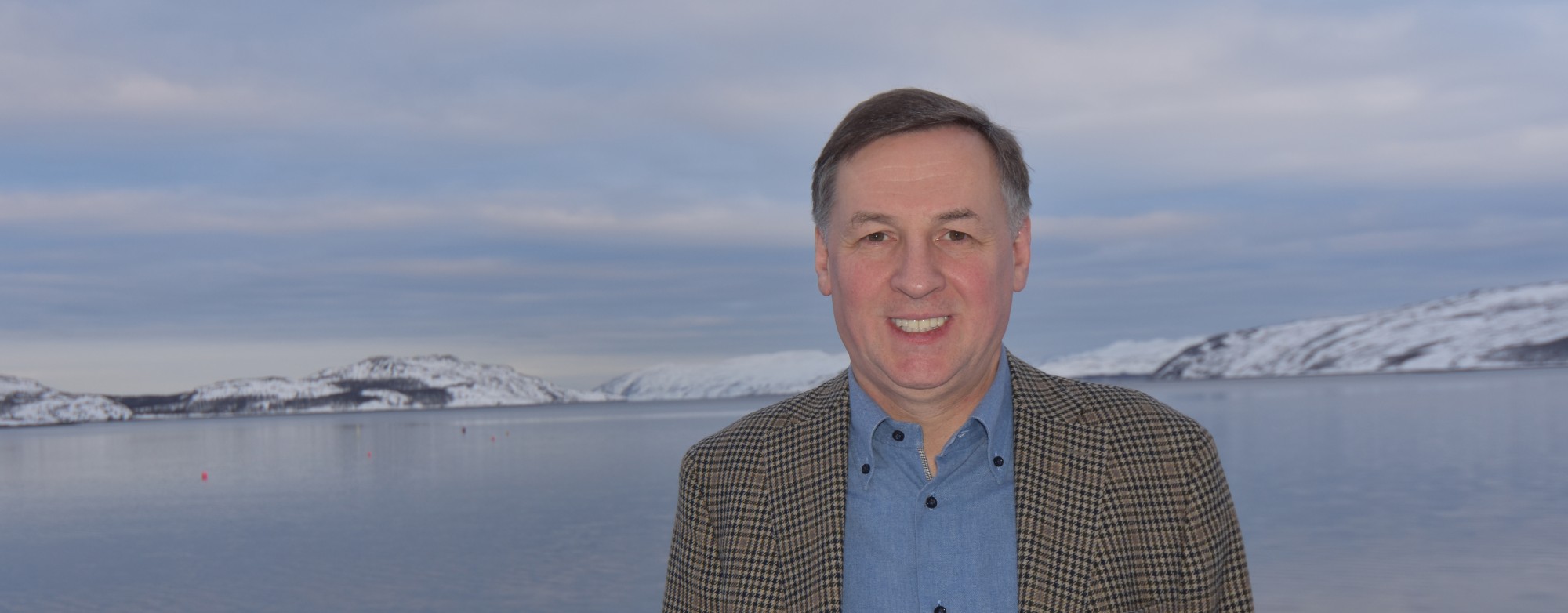
In Murmansk, tourist guide Sergey Arzumanov is hoping for more cruise passengers. “The majority of foreigners coming to Murmansk in the summer are passengers with Hurtigruten, disembarking in Kirkenes and travel on by bus,” Sergey Arzumanov tells. “They want to see Russia. The city has a lot to offer. We are the gateway to the Arctic and our authorities make priority to develop the region as a high north tourist destination.”
China is coming
Although Arctic cruises are in the high-end of the fast growing tourist industry internationally, Murmansk has some competitive advantages over ports in Northern Norway and Svalbard. Overnight costs are lower and the city already sees a sharp increase in Chinese tourists during winter season. In a recent Russian-Chinese tourism forum, Murmansk was promoted as one of the most desired destinations in Russia for Chinese travelers.
Should Murmansk continue to develop its successful cooperation with China as “the Arctic destination” not only during winter time, its port could soon be crowded with Asian tourists ready to explore northern waters and archipelagos.
Vice-Governor Tyukavin hopes the future will bring a new fleet of Russian cruise vessels, but says Murmansk meanwhile negotiates with foreign cruise liners to make port calls to the world’s largest city above the Arctic Circle.
Hurtigruten is already preparing for the inflow of Chinese passengers. “We will see a tripling of Chinese passengers on our vessels in 2018, and even more in the years to come,” Daniel Skjeldam says and tells that two of the vessels are about to get signs on board with Chinese letters and expedition staff speaking Mandarin.
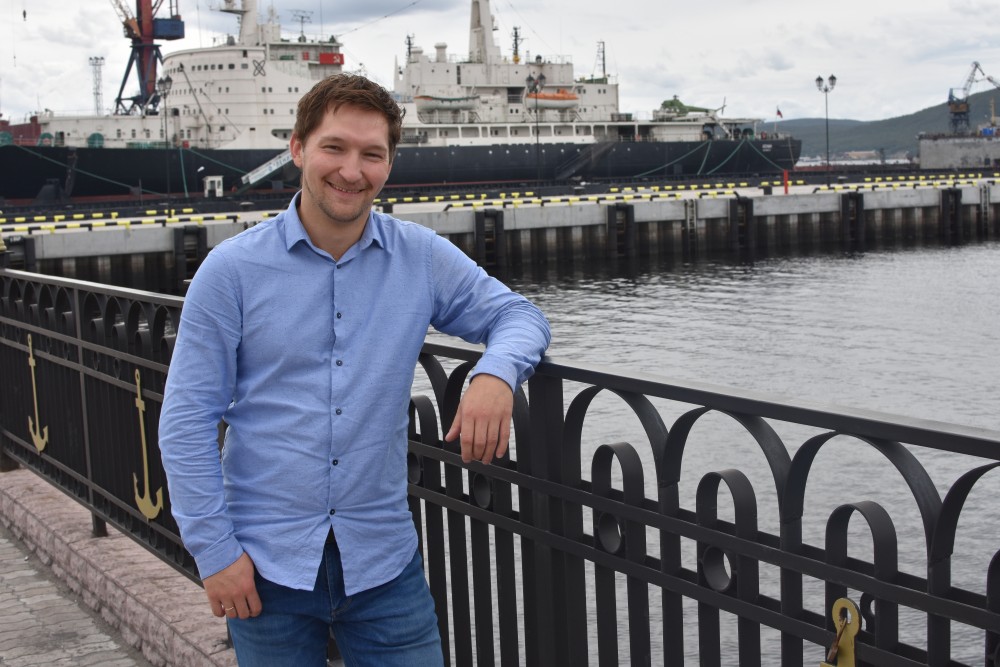
Related stories from around the North:
Canada: The environmental and social impacts of Arctic tourism, Eye on the Arctic
Finland: A record year for tourism in Lapland, Finland’s northernmost region, Yle News
Greenland: Blog – Greenland pioneers Arctic tourism & mining, Cryopolitics
Iceland: 10% of Iceland’s workforce employed in tourism, The Independent Barents Observer
Norway: Norwegian transport company launches new vessel for Arctic tourism, The Independent Barents Observer
Russia: Russian tourism on Svalbard up 500%, The Independent Barents Observer
United States: As an extravagant cruise ship comes to town, Nome confronts its future, Alaska Dispatch News

